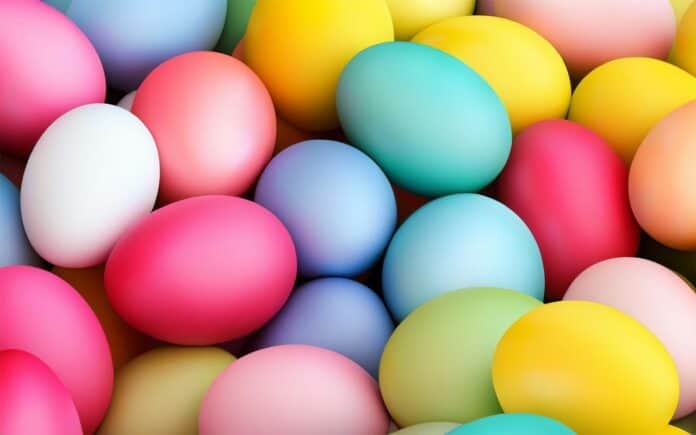Easter wouldn’t be Easter without a bunny, egg hunts, and festive baskets.
Alongside the religious significance of Easter, the story behind the Easter Bunny and Easter eggs involves a mix of pagan rituals, Christian traditions, and 19th century European folklore.
Candace Buckner, assistant professor of religion and culture at Virginia Tech, shares more about the history behind these modern symbols of Easter.
A rabbit as an Easter agent
“Rabbits have deep roots in pagan spring festivals, where fertility and renewal were central themes,” Buckner said. The association of bunnies with spring comes from their reproductive abundance, making them a symbol of fertility for many cultures long before Easter even existed.
“Bunnies became mascots of the spring and even were given as offerings to pagan divinities around the spring equinox and throughout the season,” Buckner said.
The first connections between Easter and the bunny possibly can be traced to 8th century Britain, when early Christians merged their religious customs with the celebrations of the goddess Eostre. Eostre, from which Easter receives its name, was associated with spring and fertility and the hare may have been her sacred animal.
“The most probable explanation for the advent of the Easter bunny may be found in the merging of these traditions,” Buckner said.
Egg history
“Eggs have a similar dual origin. For ancient Romans, eggs symbolized new life and fertility. It was customary to color them with vegetable dye and gift them to neighbors, friends, and loved ones to symbolize new beginnings especially during the spring,” Buckner said.
Later, early Christians continued to think of eggs as representing fertility and abundance. During Lent, Christians did not eat eggs as part of fasting. Instead, they preserved them and then dyed them special colors to distinguish them from fresher eggs. When they broke their fast on Easter, they consumed the colorful eggs first.
Along with these practices, Buckner said Christians also insisted that the eggs were not simply representative of new life but symbolic of the resurrection.
Today’s Easter bunny
By the 19th century, folklorists in Germany and Britain began to ask about the origins of the Easter bunny and its odd association with eggs. They claimed that a myth about Eostre, in which she changes a hare into a bird, was responsible for the association of rabbits with eggs. The familiar image of the Easter bunny delivering eggs took shape.
As this tradition became popular, it led to the modern Easter bunny and egg hunts that now are central to the holiday.
“In antiquity, the symbolic nature of eggs dovetailed nicely with the symbolism of rabbits,” Buckner said. “Today, we continue that tradition in the figure of the Easter bunny making deliveries.”
About Buckner
Candace Buckner, an assistant professor in the Department of Religion and Culture, researches the biographies of early Christian saints, especially those composed between the 4th and 8th centuries. She asks how these texts reveal aspects of ancient culture, including ancient perceptions of space, race, ethnicity, and disability. Her recent courses center on the perception of bodies in the ancient world and the importance of the holy man in early Christian thought.

